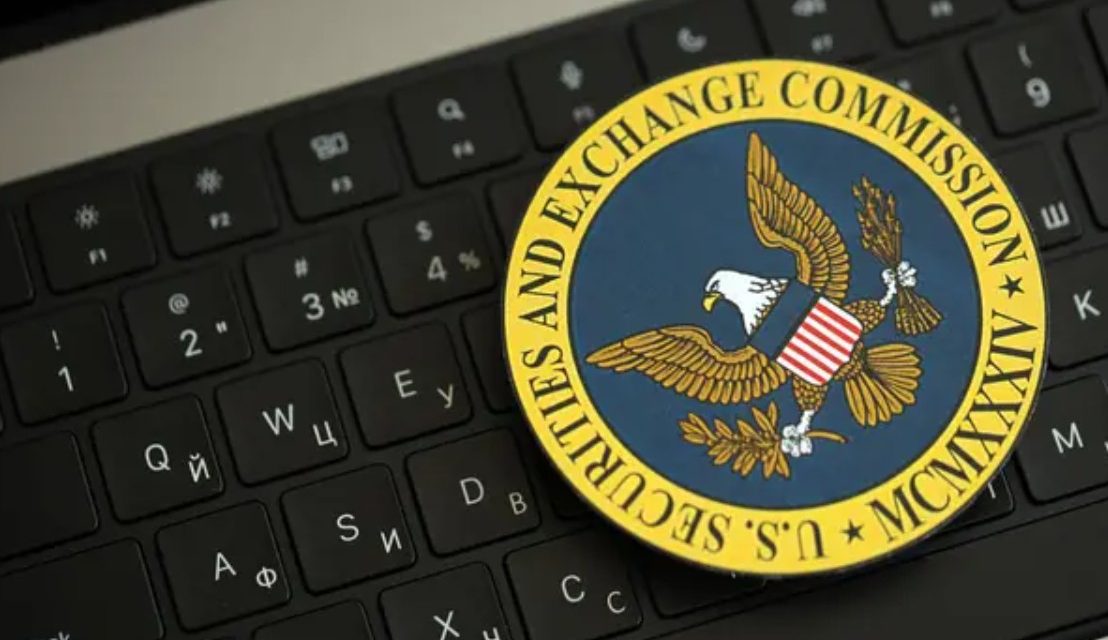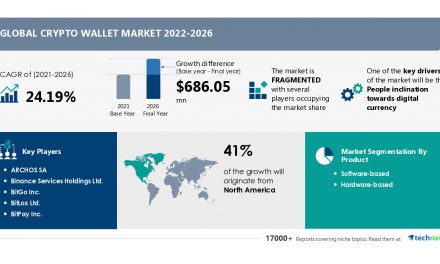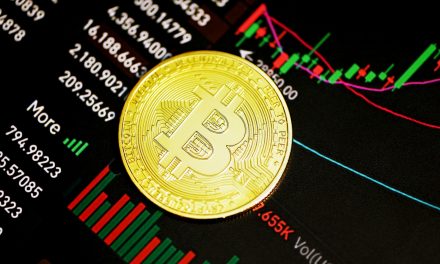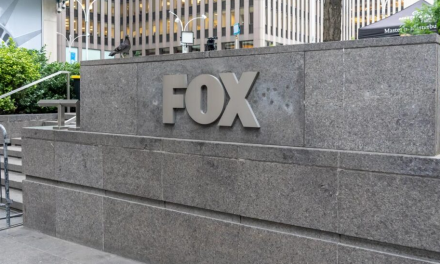When Republican SEC Commissioner Hester Peirce heralded “a new beginning” for crypto regulation at Friday’s pivotal roundtable, the gravity of the moment was unmistakable. The U.S. Securities and Exchange Commission’s newly assembled crypto task force—comprising former regulators, legal experts, and industry leaders—didn’t merely parse legal technicalities. They wrestled with a foundational challenge reshaping global finance: Can regulations designed for traditional markets govern blockchain’s decentralized ecosystems?
I recognize that this juncture can be transformative. The task force’s debut meeting unfolds against a backdrop of dual forces redefining U.S. financial policy: a $2.3 trillion crypto sector craving legal certainty and a Trump administration vowing to overhaul what industry voices criticize as the Biden-era SEC’s “regulation by litigation” strategy.
The Howey Test in the Blockchain Era: Bridging Generational Divides
Central to Friday’s discussions was an 80-year-old legal framework straining to interpret cutting-edge technology. The Howey Test—originating from a 1946 Supreme Court ruling on citrus farm investments—determines whether an asset qualifies as a security by assessing profit expectations from others’ efforts. Yet as Miles Jennings, General Counsel for a16z Crypto, contended, this standard falters when applied to decentralized networks like Ethereum.
“ETH isn’t comparable to Apple stock,” Jennings explained to me post-meeting. “Apple has centralized leadership; Ethereum operates through distributed validators. The SEC’s insistence on retrofitting blockchain into legacy frameworks risks stifling innovation.”
Data underscores his argument. While over 75% of top crypto tokens function on decentralized networks, 90% of SEC enforcement actions since 2020 allege securities violations. This dissonance forced the task force to confront an uncomfortable reality: Current regulations may be as mismatched with Web3 as rotary phones are with quantum computing.
Inside the Strategy Room: Defining the Undefined
Sources familiar with the task force’s preparations described foundational debates over terminology. “We spent hours debating ‘decentralization,’” shared one anonymous staffer. “Is it measured by node distribution? Governance token ownership? Until we agree on definitions, rulemaking stalls.”
Former SEC Commissioner Troy Paredes highlighted this complexity publicly: “We’re crafting a lexicon for assets that redefine ownership.” His statement nods to innovations like non-custodial wallets and self-executing smart contracts, which enable financial activities without intermediaries.
Democratic Commissioner Caroline Crenshaw countered calls for tailored rules: “Creating exceptions for crypto sets a risky precedent. Should AI or quantum computing demand their own frameworks next?” Her caution mirrors internal SEC concerns, where staffers privately acknowledge the agency’s limited technical bandwidth to oversee blockchain’s global networks.
Policy Shifts and Market Tremors
President Trump’s influence permeated the dialogue. Hours before the meeting, the White House revealed plans for a strategic crypto reserve—akin to holding digital assets like the U.S. holds oil reserves. This abrupt pivot from Biden-era lawsuits against Coinbase and Kraken to Trump’s pro-crypto agenda has injected market uncertainty. Bitcoin’s volatility surged 22% in the preceding week, reflecting investor anxiety.
“The SEC’s enforcement pause isn’t altruism—it’s political recalibration,” observed John Reed Stark, former SEC Internet Enforcement Chief. “Without Congressional action, this is a temporary fix.”
Decentralization Debate: Validators vs. Securities
A critical exchange occurred regarding Ethereum’s proof-of-stake model. SEC officials pressed Jennings on whether staking rewards constitute securities. His rebuttal cut to the regulatory heart:
“Validators provide network services, not investment contracts. If I grow lemons and sell them, are buyers my investors?”
This analogy simplifies intricate technicalities. Validators must stake 32 ETH (~$116,000)—a high barrier critics argue centralizes control. Yet blockchain analytics firm Nansen reports 43% of staked ETH comes from decentralized pools, complicating traditional notions of “centralized effort” under the Howey Test.
Global Implications: U.S. Rules as a Catalyst
The task force’s decisions carry worldwide ramifications. With the EU finalizing its Markets in Crypto-Assets (MiCA) framework and Singapore advancing tokenization projects, U.S. regulatory ambiguity risks diminishing its influence.
“Talent migration tells the story,” noted CoinShares’ Meltem Demirors. “38% of top crypto founders launched projects abroad this year—up from 12% in 2021. Uncertainty exports innovation.”
Others emphasize coordination over fragmentation. “FTX was based in the Bahamas,” CFTC Commissioner Christy Goldsmith Romero reminded attendees. “Global standards are essential.”
Five Pathways for Regulatory Evolution
- Incremental Adjustments: Minor SEC guidance updates amid ongoing ambiguity
- Legislative Action: Congressional laws categorizing tokens as securities or commodities
- Dual Frameworks: Distinct rules for decentralized vs. enterprise blockchain systems
- International Collaboration: Cross-border regulatory standards via global bodies
- Algorithmic Compliance: Automated enforcement through blockchain analytics and smart contracts
While the task force leans toward options 2 and 3, Cornell’s Ari Juels predicts scenario 5’s inevitability: “Manual oversight can’t scale to millions of daily DeFi transactions. Future regulation will live on-chain.”
Redefining Finance’s Future
As the meeting concluded, I observed attendees dispersing into animated groups—tech lawyers gesturing at network diagrams, regulators citing legal precedents. This cultural divide between Silicon Valley’s rapid iteration ethos and Washington’s methodical governance will shape crypto’s next chapter.
The path forward demands more than regulatory tweaks. It requires re-envisioning financial governance for an era where code automates contracts, DAOs challenge corporations, and assets traverse borders at digital speed. Whatever the outcome, one reality persists: In the tension between blockchain’s disruptive potential and the SEC’s established frameworks, adaptation becomes imperative.





